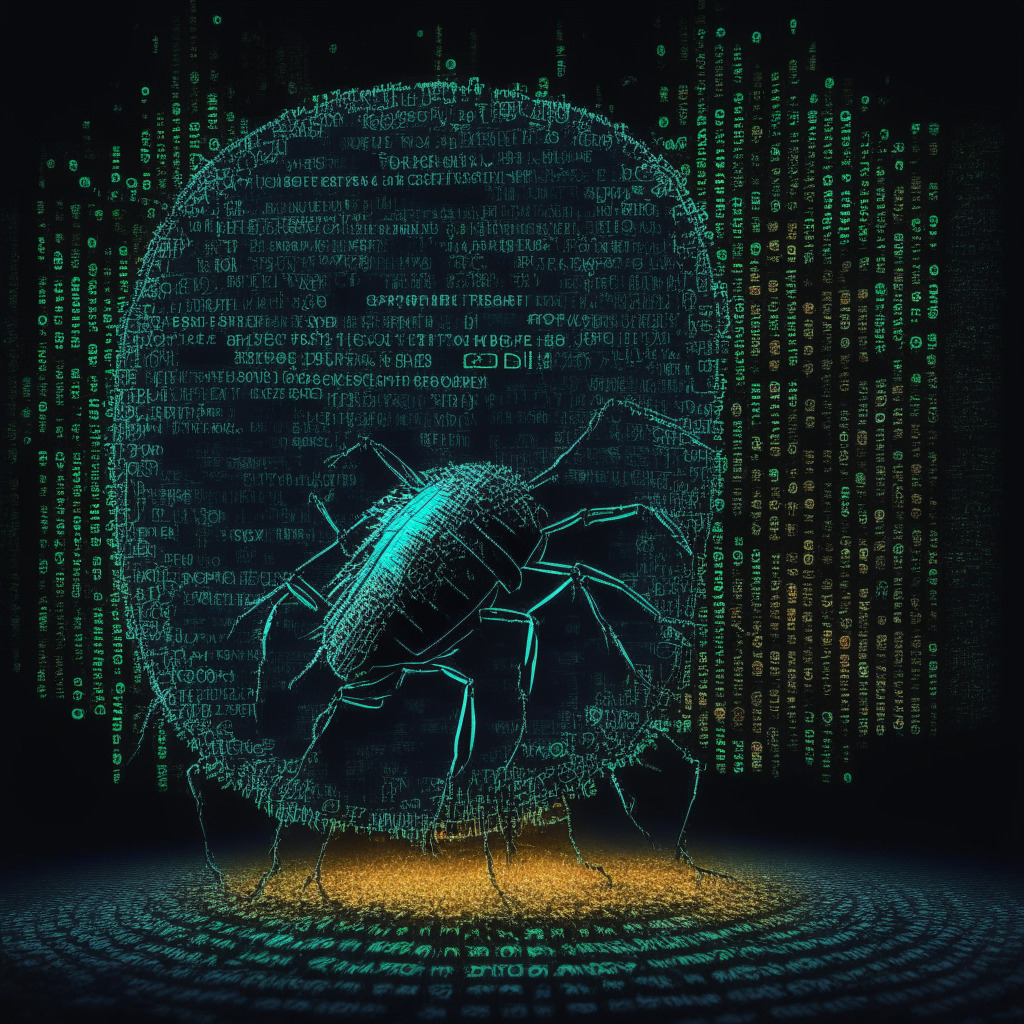Super Testnet, a bitcoin-focused independent freelance software developer, recently uncovered a bug in the Bitcoin Ordinals program on May 5. The issue in the program’s inscription No. 349272 was discovered to have zero input and output values, which could be programmed into a number. The bug finder explained that upgrading the system would likely help in debugging, consequently affecting all inscriptions that follow No. 349272.
Eager to tackle the problem, Super Testnet provided a guide and encouraged fellow programmers to execute similar tests on Ordinals. While many English-speaking Bitcoin maximalists indicated interest in participating in the challenge, a stern warning was given: unsuccessful attempts would result in losing 10,000 sats.
The ongoing testing appears to focus on two key aspects: opposing inscription activities within the Bitcoin realm on layer 1 and design elaboration meant for the Spacechain sidechain. Maximalists opined that these inscriptions should be performed on layer 2. Interestingly, the bug discovery occurred just two days after Bitcoin’s daily transactions reached a new all-time high, with more than 3 million Ordinals inscriptions.
According to data from Dune Analytics, the number of non-fungible tokens (NFTs) connected to the Bitcoin blockchain spiked to 3 million earlier in the week. These NFT inscriptions function on the Ordinals Protocol, facilitating users to inscribe data to digital art within the Bitcoin blockchain.
This surge to 3 million was partially driven by the Bitcoin Request for Comment (BRC-20) token standard launch, enabling users to issue transferable NFTs directly via the network. The introduction of BRC-20 prompted the extensive creation of meme tokens and digital artwork collection on the Bitcoin blockchain. As of May 2, the market capitalization of meme tokens amounted to $137 million.
Nevertheless, Dune Analytics’ data revealed that recent inscriptions are predominantly text-based. These inscriptions are more cost-effective compared to meme coins and digital art collections since network fees depend on the inscribed data amount. On Monday, of the 372,000 unique Bitcoin blockchain inscriptions, 371,000 were text-based, while applications and tokens accounted for only 316 new image-based inscriptions.
Source: crypto.news




